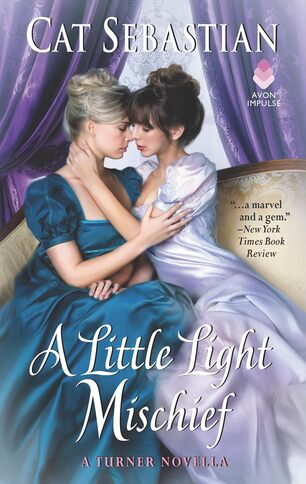 What a perfect little novella! I was immediately enmeshed in the characters lives and their predicaments and felt like I knew them for much longer than the short novella actually allowed for. This sapphic, regency story included so many great tropes, too: one bed, forbidden romance, plus a nice little revenge plot for good measure.
0 Comments
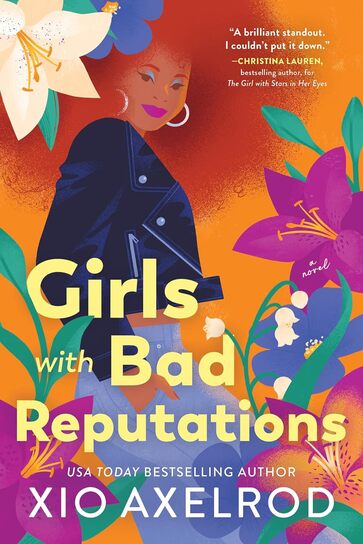 I first fell in love with Axelrod’s work through “The Girl with Stars in Her Eyes”, the first book in the Lillys contemporary romance series, all featuring absolute rock star women. In this book, we follow the best drummer around—Kayla—as she tries to stay one step ahead of her secret identity getting out, and their booknerd, kilt wearing tour driver—Ty—as he tries to reclaim his life after being falsely accused of a crime. Both of them are trying to live their truth, while still hiding aspects of themselves that don’t represent the people they are. It was that connection—plus an absolute love of literature and the same taste in alt-rock music—that became the basis for this instant attraction, and slow burn romance where authenticity and consent are key. 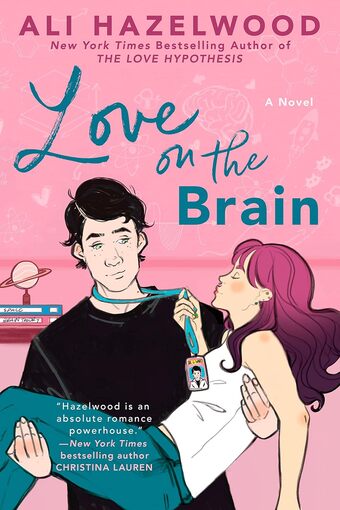 I can’t say exactly what I was expecting from my first Ali Hazelwood book. Her romances are so beloved, and I love that they feature amazing STEM women being smart and getting the guy. And quirky. My goodness were all the ladies in this book the quirkiest things around. I didn’t read “Love Hypothesis” because the Reylo vibes aren’t my jam (but you all do you, I support it) but even so, I feel like a lot of “Love on the Brain” and “Love Hypothesis” were the same? It’s probably just the authors style, and if that’s the case, if all her books feature these things, I may be out. 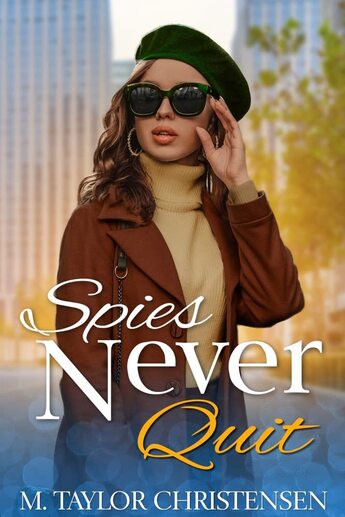 If you’re looking for a cozy thriller that has a team of young women with Charlie’s Angels vibes, tech that even James Bond would be jealous of, and with just a sprinkling of sweet romance, then “Spies Never Quit” may just be for you. In the first book of the series (each book following a different woman in the group) follows Mari, a brand-new college freshman, as she attempts to rescue her mother. Mari’s mother is a brilliant scientist working on nano-bot technology who has been kidnapped in order to force her to give up her specialized codes for evil gains. Mari would do anything to save her mother, and, lucky for her, retrieving her mother’s work just so happens to be the Banana Girls mission, too. Normally, I am all for a spy thriller with a predominately female cast of characters, but something always felt just a tad off to me throughout the story. 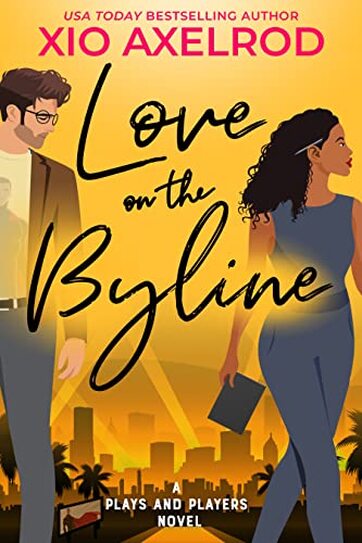 Ever since reading “The Girl with the Stars in Her Eyes” I’ve been waiting for a new release from Axelrod, and behold! She is here and she is stunning! “Love on the Byline” follows former college classmates and secret crushes as they reconnect five years later. Now, Blake is a cub reporter at a gossip magazine that she hates, and Oliver is the best friend turned personal assistant to her latest celebrity assignment: the arrogant Brandon Cody, who, on first appearances, doesn’t look like he’s changed much from when she last saw him. But, much like Axelrod’s previous release, our main cast of characters are filled with a surprising amount of depth, accomplish huge growth amidst interpersonal mysteries and secrets, oh, and have palpable tension and steamy encounters, all packed into a very smooth contemporary romance. Seriously, Axelrod is quickly becoming one of my auto-buy authors! |
Click the book images to see them on Amazon!
Categories
All
|






 RSS Feed
RSS Feed



















